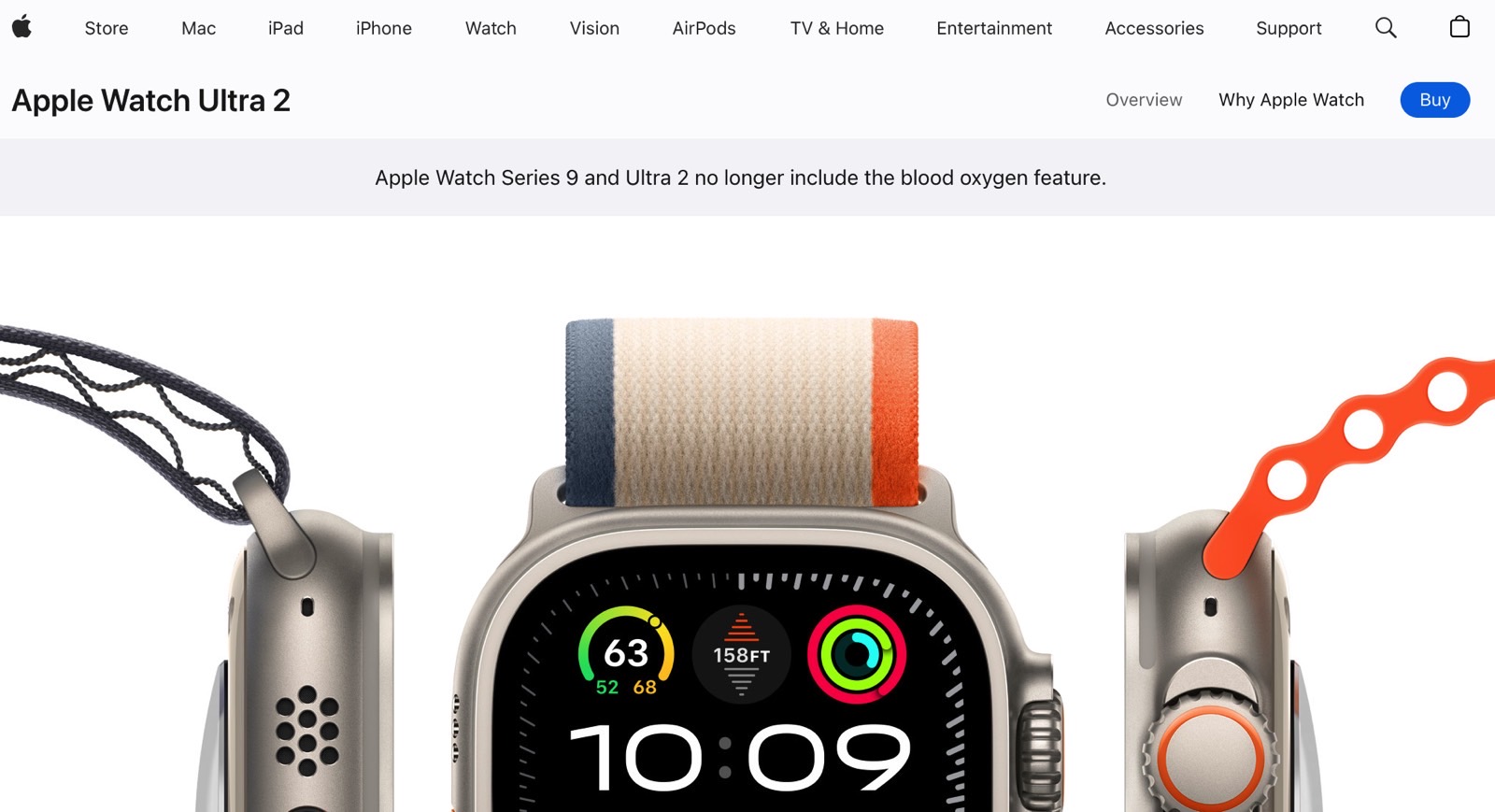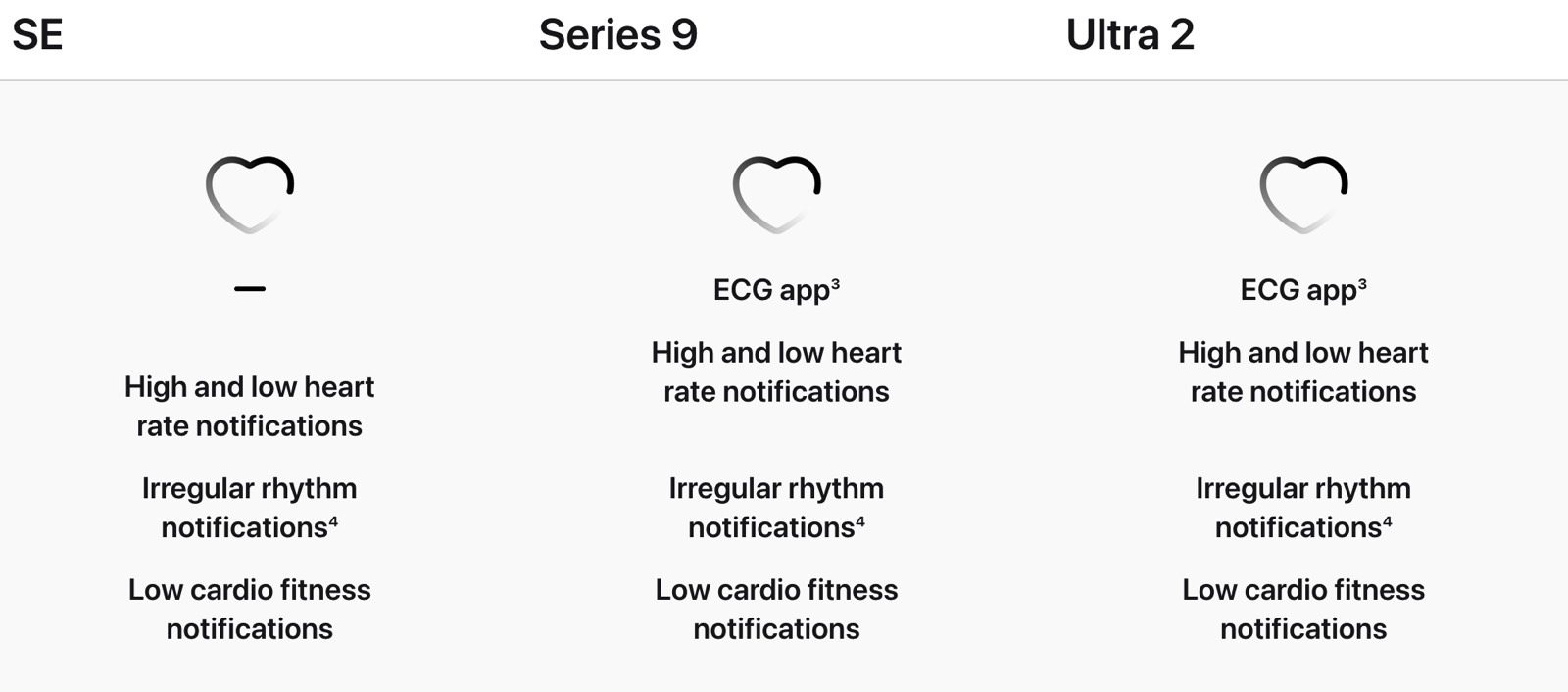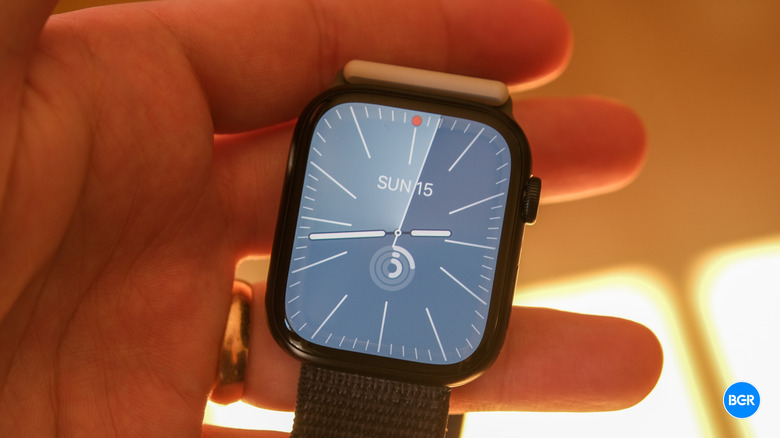Apple Watch Series 9 And Ultra 2 Ditch Blood Oxygen Feature To Escape Ban
That was fast; the Apple Watch Series 9 and Apple Watch Ultra 2 were banned again after a short reprieve. The US Court of Appeals for the Federal Circuit paused the initial import ban. It then decided not to extend a stay on the ban. As a result, the Apple Watch Series 9 and Ultra 2 should stop selling in Apple retail stores on January 18th at 5:00 EST.
But you know what was even faster? The removal of the blood oxygen feature at the heart of the patent spat. According to Apple's website, the two Apple Watches no loger support pulse oximetry readings. Therefore, they should continue to sell directly from Apple, both online and in retail stores.
The International Trade Commission (ITC) banned the two Apple Watch models after Apple was found to infringe on pulse oximetry technology from Masimo. That's what makes the blood oxygen app work, apparently. Apple might be working on workarounds, and it could be negotiating a settlement behind closed doors.
What's clear for the moment is that the ban is still on. Apple should stop sales of Apple Watches that can deliver pulse oximetry readings using the technology it's infringing.

Apple's decision to remove the feature from the Apple Watch Series 9 and Ultra 2 is the easiest way to avoid a sales ban. Apple can continue to tell the two devices while it's working on a more permanent solution.
The wearables still pack the hardware that can perform the blood oxygen readings. Apple hasn't removed the sensors, nor could or should do it in such short notice. What Apple did was simply to disable the app on the devices it sells online and in retail stores.
A future update will probably reenable it once the patent fight ends for good. I'd expect Apple to want to offer pulse oximetry readings to US customers in the coming years on current and future devices.
Apple placed a notification atop its Apple Watch pages that mentions the removal of the blood oxygen feature from the two devices. A quick look at the Apple Watch comparison tool also shows the feature is gone.

I explained that the blood oxygen feature is not a medical-grade reading on the Apple Watch. Therefore, should it be gone, you won't lose a big feature. You can always get more professional devices to perform accurate blood oxygen readings.
That said, if you already own an Apple Watch Series 9 or Ultra 2, you'll still be able to perform blood oxygen readings. Moreover, if you buy one of the two devices from third-party retailers that stocked the wearables before the ban became effective, you'll likely get blood oxygen support.
Finally, you can purchase the Apple Watch Series 9 or Ultra 2 from an international market during your travels. The ban only applies to the US market.
Word of Apple's workaround emerged a few days ago. We learned that Apple was ready to remove the blood oxygen feature from the two devices to avoid the Apple Watch ban. Apple now mentions on its website that, "Apple Watch Series 9 and Ultra 2 no longer include the blood oxygen feature." This seems to imply that sales will be unaffected by the ban.
The only way to tell is to load Apple.com after the deadline and see if you can order one of the two Apple Watch models.
